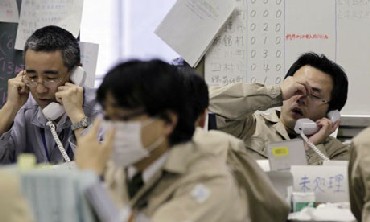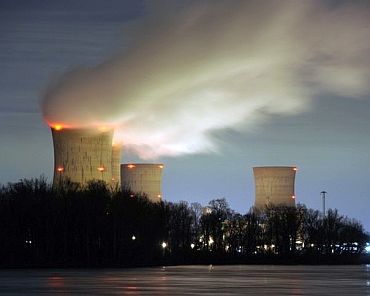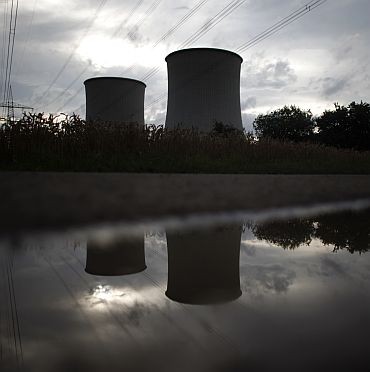 | « Back to article | Print this article |
Insurance cos to create nuclear insurance pool
The nuclear crisis in Japan has led the government as well as the insurance industry to speed up the development of a nuclear insurance pool for similar accidents in the country.
According to sources, the government has convened a meeting involving the Nuclear Power Corporation and General Insurance Corporation (GIC), the only domestic re-insurer in the country, to take stock of the progress.
Sources said the government was in the process of opening certain portions of nuclear plants for inspection by reinsurers to assess the risk, based on which a pricing model could be developed.
"The government is actively considering reinsurers' proposals to allow agencies to inspect the plant and decide on the extent of the coverage," said a source familiar with the development.
Click NEXT to read more...
Insurance cos to create nuclear insurance pool
"One has to understand that nuclear insurance is unique in every country. Hence, inspection is must, which, in turn, will decide the size of the pool. However, inspection will be allowed keeping in mind the national security norms," he added.
There are 26 nuclear insurance pools across the world. The size of a pool varies with the size of a plant, the machinery used and the levels of radiation expected.
GIC was in talks with various global reinsurance firms for additional capacity. A couple of reinsurers had shown interest regarding participation in the pool, a insurance industry official said.
"After estimating the capacities of domestic insurers, we realise the pool cannot be filled in domestically. So, overseas capacity will be required to make up for the deficit," the official said.
Click NEXT to read more...
Insurance cos to create nuclear insurance pool
Under the Civil Liability for Nuclear Damage Act, 2010, the liability limit per operator per event is estimated at Rs 1,500 crore (Rs 15 billion).
Under the prevailing laws, 'cold zone' - including everything other than reactors - can come under nuclear insurance.
However, 'hot zone', which includes reactors, doesn't come under insurance protection, and can only be covered once the pool is formed.
The Insurance Regulatory and Development Authority (Irda) is also working on framing guidelines for covering nuclear accidents.
Click NEXT to read more...
Insurance cos to create nuclear insurance pool
In September last year, it said insurance companies were keen cover nuclear accidents if there was demand from the policyholders.
The Nuclear Liability Bill, aimed at operationalising India's civil nuclear deals with the US and other countries, was passed by the Lok Sabha on August 25.
As against a little over 4,000 Mw currently, nuclear power is estimated to generate 20,000 Mw of power by 2020. As of now, it accounts for three per cent of the total power generation in India.
"Once the pool is in place, these liabilities could be met faster. However, the size of the pool is difficult to assess at this moment," said Ashvin Parekh, partner, National Leader Global Financial Services, Ernst & Young.




